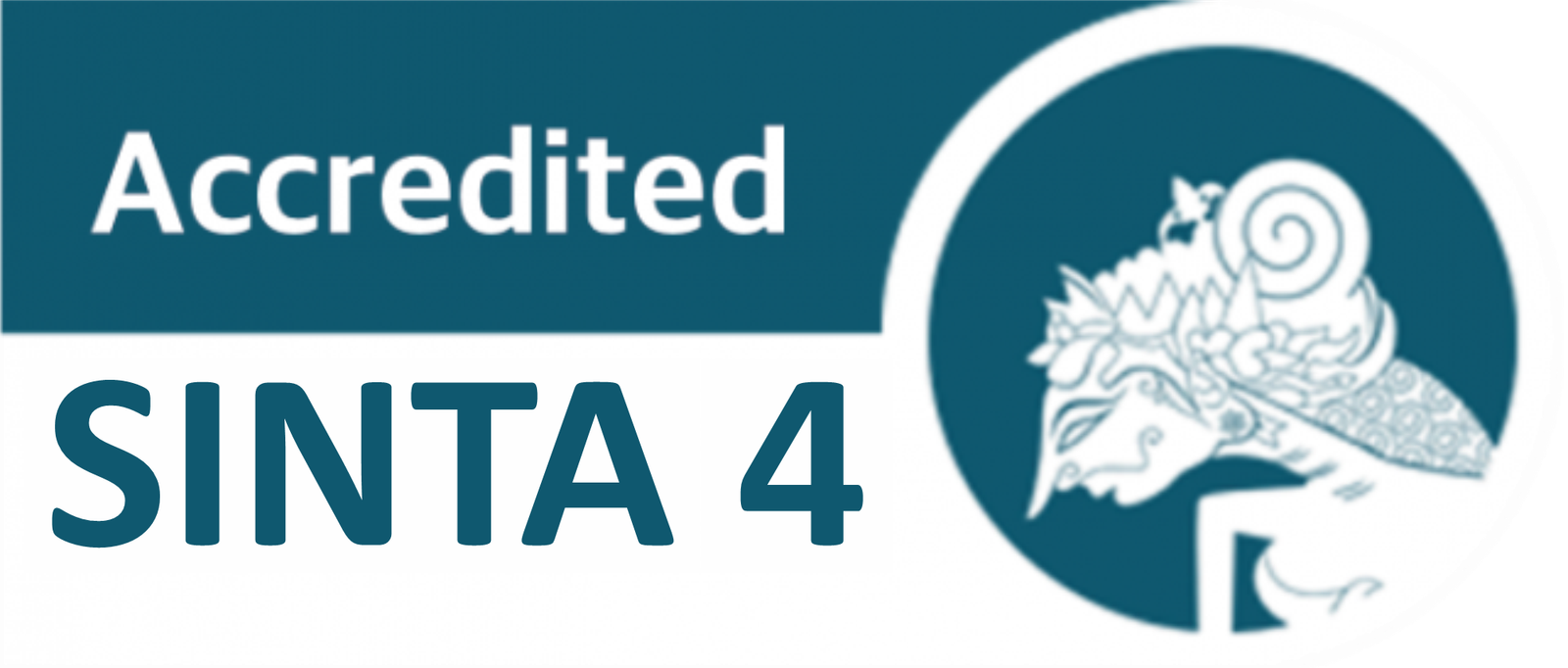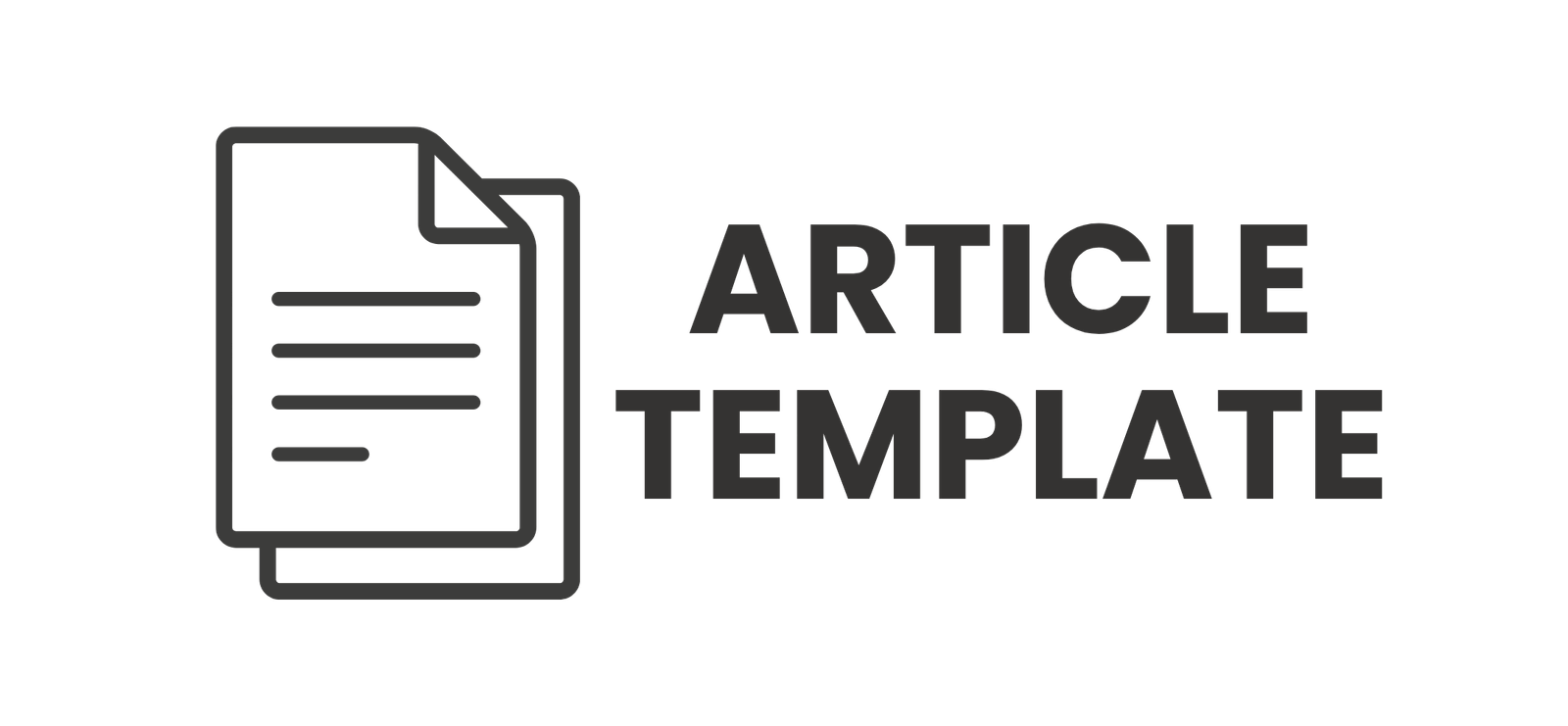Analisis Pengunaan Learning Management System Sebagai Media Pembelajaran Pada Mahasiswa Tahun Pertama
DOI:
https://doi.org/10.30605/jsgp.7.1.2024.3354Keywords:
Learning Management System, Media Pembelajaran, E-learningAbstract
Education is crucial in shaping a nation's future, especially in the era of globalization and information technology. Higher education, however, faces complexities such as unequal access and a lack of transparency, necessitating effective solutions. This research focuses on the pressing need for implementing a Learning Management System (LMS) to improve the efficiency and quality of learning. The research aims to identify factors influencing the effectiveness of LMS usage in higher education. It analyzes student participation, engagement levels in learning materials, and their impact on learning outcomes. The study contributes to understanding the dynamics of LMS usage, laying the groundwork for enhancements in the higher education environment. Qualitatively descriptive, the research centers on students at Darwan Ali University to provide a holistic overview of LMS adoption in higher education. Through purposive sampling, the main population includes students from Darwan Ali University, ensuring comprehensive representation. Data collection employs questionnaires and interviews. Questionnaires explore students' perceptions and experiences with LMS, while interviews provide in-depth insights. Confidentiality and data integrity are maintained during the distribution of questionnaires and interviews with students. Data analysis takes a qualitative, descriptive approach, identifying patterns, findings, and relationships among variables from questionnaires and interviews. Despite a preference for conventional methods, students at Darwan Ali University have integrated LMS into their learning, overcoming difficulties for an overall improvement in learning outcomes. The research highlights student acceptance of LMS, challenges faced, and positive impacts on learning outcomes. Privacy and data security concerns emphasize the need for attention to enhance user trust in online learning technology. Anticipated to contribute significantly, this research provides insights into LMS dynamics in higher education. It forms the basis for future improvements, aiming to create a more effective and secure online learning experience.
Downloads
References
Abdilana, R., & Gunawan, I. (2022). Implementasi Metode SAW dalam Sistem Pendukung Keputusan Pemilihan Smartphone Menggunakan Scratch. JIIFKOM (Jurnal Ilmiah Informatika & Komputer), 1(1), 35–40.
Aldisa, R. T., Priyatna, A., Saidah, F., Siahaan, K. Y., & Mesran, M. (2022). Analisis Perbandingan Penerapan Metode MOORA dan SAW dalam Kelayakan Pemberian Bantuan Uang Kuliah Tunggal. Jurnal Sistem Komputer Dan Informatika (JSON), 3(4), 393. https://doi.org/10.30865/json.v3i4.4281
Fatihahsari, F., & Darujati, C. (2021). Analisis Usability Mobile Apps Edlink dengan Menggunakan Heuristic Evaluation. Sistemasi, 10(2), 404. https://doi.org/10.32520/stmsi.v10i2.1263
Hawari, A. N., Studi, P., Komunikasi, I., Ilmu, F., Surabaya, U. N., Komunikasi, P. I., Sosial, J. I., Ilmu, F., Universitas, H., & Surabaya, N. (2023). Pengaruh Gaya Hidup Terhadap Willingness To Subscribe Pada Applikasi Streaming Film Online Netflix di Kalangan Generasi Z Kota Surabaya Danang Tandyonomanu Abstrak. 06, 13–19.
Juliandhono, N., & Berlianto, M. P. (2022). Faktor-Faktor Yang Mempengaruhi Perceived Value Dan Implikasinya Kepada Intention To Subscribe Serta Pengaruhnya Terhadap Social Influence Pada Aplikasi Streaming Film Disney Plus Hotstar. Jurnal Manajemen Pemasaran, 16(2), 77–86. https://doi.org/10.9744/pemasaran.16.2.77-86
Kom, E. P. M., & Baidawi, T. (2021). ST-dan-Jurnal-JUSTIN---SPK-Pemilihan-Perumahan-Terbaik-dengan-TOPSIS. September 2020.
Lisnawati Sopiah, & Ria Haryatiningsih. (2023). Karakteristik Penduduk Miskin dan Penyebab Kemiskinan di Desa Sukagalih. Jurnal Riset Ilmu Ekonomi Dan Bisnis, 69–74. https://doi.org/10.29313/jrieb.v3i1.1977
Maruli, C., Tripiawan, W., & Pratami, D. (2021). Pengukuran Kematangan Penjadwalan Proyek Menggunakan Metode Gap Analysis: Studi Kasus Proyek PT.DCM. 8(5), 7163.
Mursalin, E., Setiaji, A. B., & Kasim, E. W. (2022). Penerapan learning Management Systems (LMS) berbantuan Sevima Edlink: Efektifkah dalam menunjang Perkuliahan Daring? Jurnal Pendidikan Edutama, 9(1), 109–118. https://www.ejurnal.ikippgribojonegoro.ac.id/index.php/JPE/article/view/2254
Paramita, A., Mustika, F. A., & Farkhatin, N. (2017). Aplikasi Sistem Pendukung Keputusan Guru Terbaik Berdasarkan Kinerja dengan Metode Analytical Hierarchy Process (AHP). Jurnal Nasional Teknologi Dan Sistem Informasi, 3(1), 9–18. https://doi.org/10.25077/teknosi.v3i1.2017.9-18
Pendy, A., Suryani, L., & Mbagho, H. M. (2021). Analisis Keefektifan Pembelajaran Online di Masa Pandemi Covid-19 pada Mahasiswa Pendidikan Matematika. Edukatif : Jurnal Ilmu Pendidikan, 4(1), 19–27. https://doi.org/10.31004/edukatif.v4i1.1661
Prasta, M. (2021). Pariwisata Berbasis Masyarakat Sebagai Pelestari Tradisi di Desa Samiran. Jurnal Kepariwisataan: Destinasi, Hospitalitas Dan Perjalanan, 5(1), 99–109. https://doi.org/10.34013/jk.v5i1.379
Saw, D., Kasus, S., Bhina, K. S. P., & Purbalingga, R. (2023). SPK Pemberian Pinjaman Menggunakan Metode AHP Dan SAW (Studi Kasus KSP Bhina Raharja Purbalingga). 10(1).
Suginam, S. (2022). Pengaruh Pembelajaran Daring dan Motivasi Terhadap Hasil Pembelajaran. TIN: Terapan Informatika Nusantara, 2(12), 678–683. https://doi.org/10.47065/tin.v2i12.1564
Weighting, S. A., & Weighting, A. (2022). Sistem Pendukung Keputusan Menentukan Peringkat Berdasarkan Penilaian Kinerja Guru Dengan Metode SAW. Jurnal Ilmiah Komputasi, 21(4), 561–570. https://doi.org/10.32409/jikstik.21.4.3012
Downloads
Published
How to Cite
Issue
Section
License
In submitting the manuscript to the journal, the authors certify that:
- They are authorized by their co-authors to enter into these arrangements.
- The work described has not been formally published before, except in the form of an abstract or as part of a published lecture, review, thesis, or overlay journal.
- That it is not under consideration for publication elsewhere,
- That its publication has been approved by all the author(s) and by the responsible authorities – tacitly or explicitly – of the institutes where the work has been carried out.
- They secure the right to reproduce any material that has already been published or copyrighted elsewhere.
- They agree to the following license and copyright agreement.
License and Copyright Agreement
Authors who publish with JSGP agree to the following terms:
- Authors retain copyright and grant the journal right of first publication with the work simultaneously licensed under Creative Commons Attribution License (CC BY-SA 4.0) that allows others to share the work with an acknowledgement of the work's authorship and initial publication in this journal.
- Authors are able to enter into separate, additional contractual arrangements for the non-exclusive distribution of the journal's published version of the work (e.g., post it to an institutional repository or publish it in a book), with an acknowledgement of its initial publication in this journal.
- Authors are permitted and encouraged to post their work online (e.g., in institutional repositories or on their website) prior to and during the submission process, as it can lead to productive exchanges, as well as earlier and greater citation of published work.













